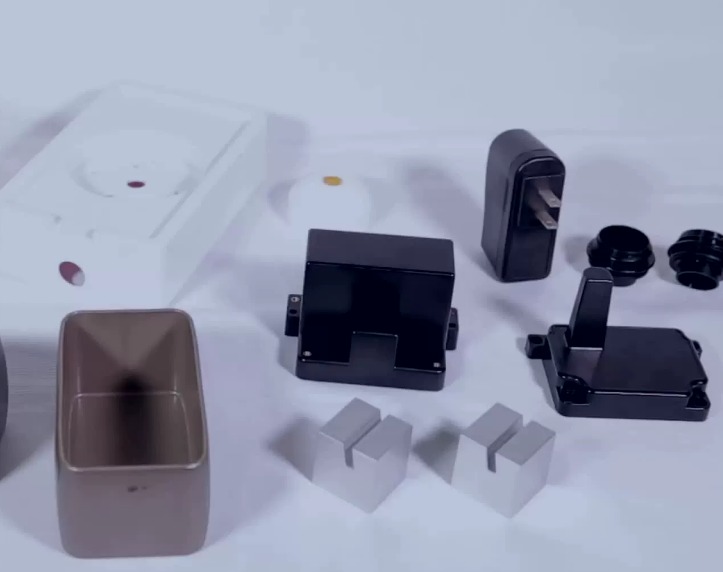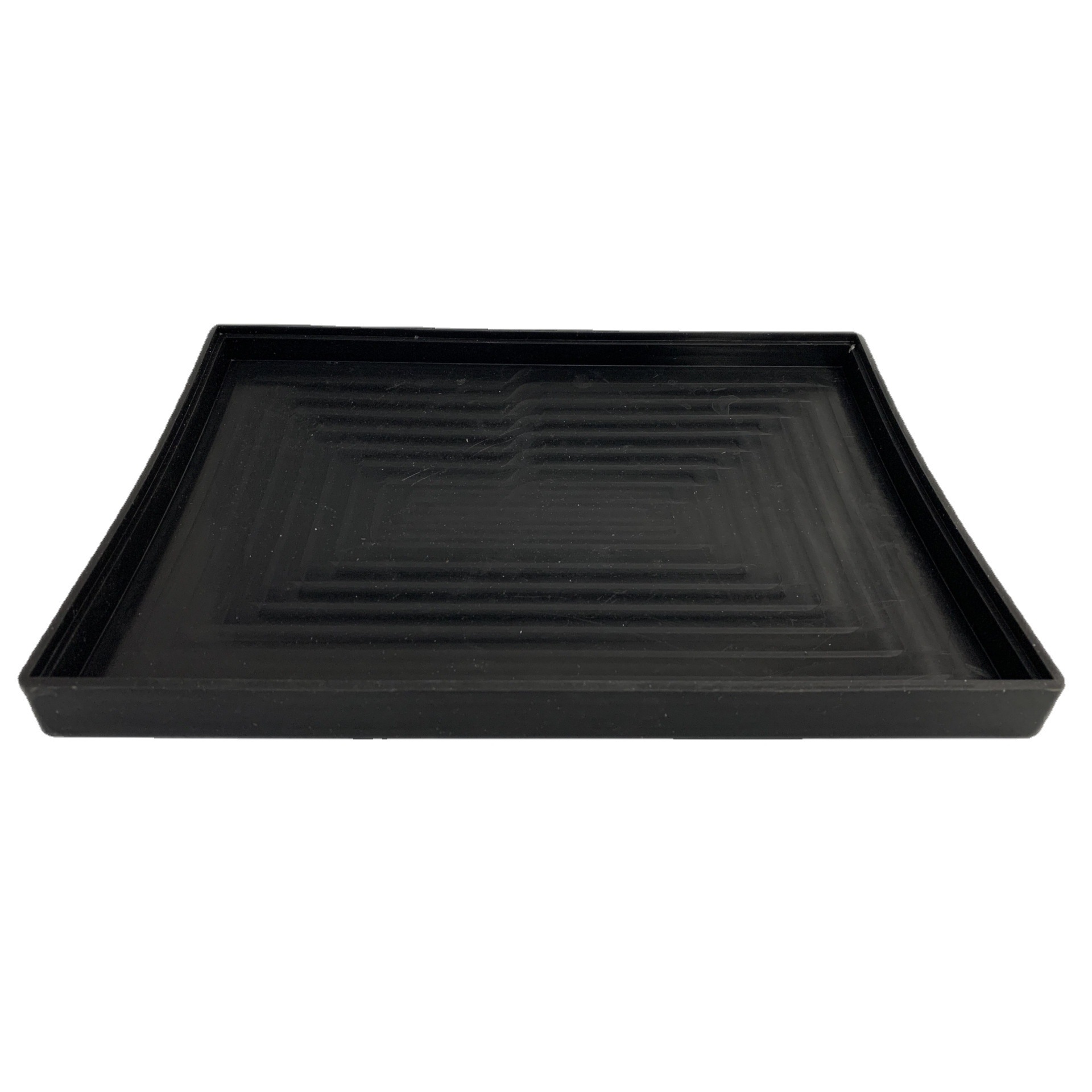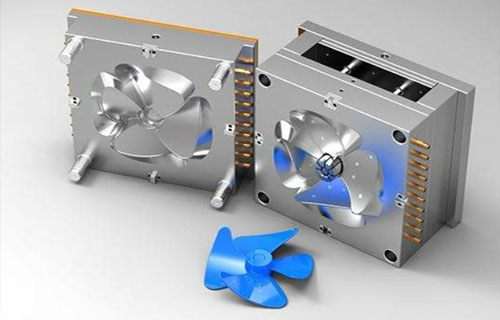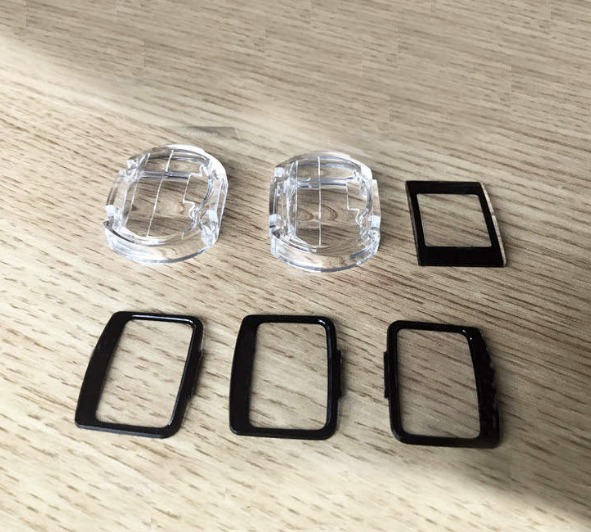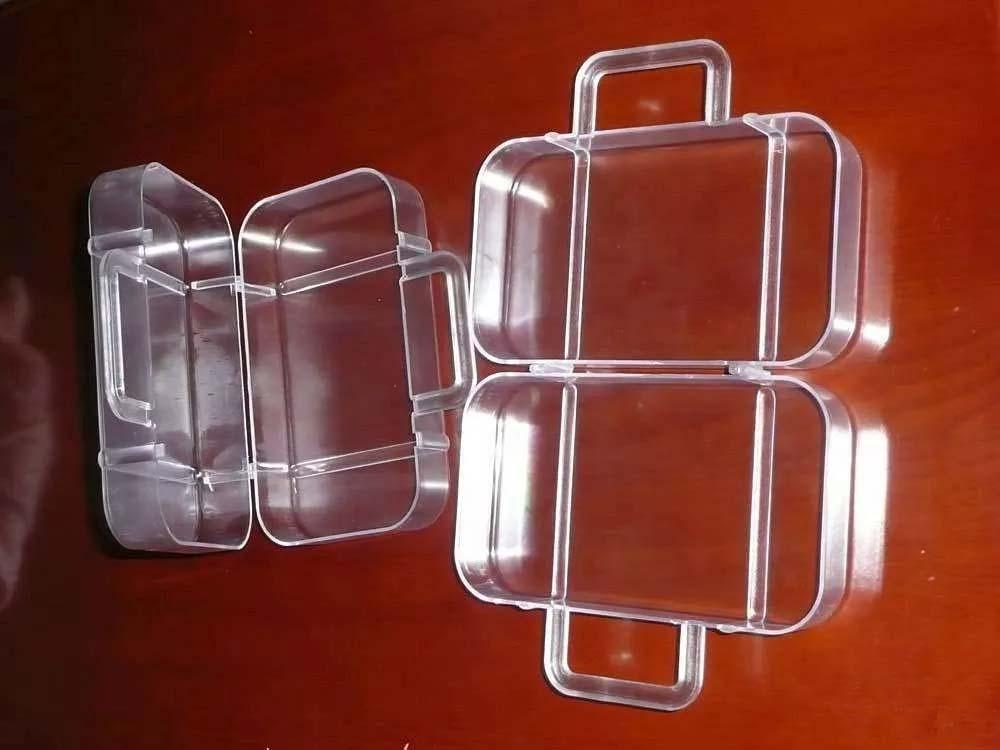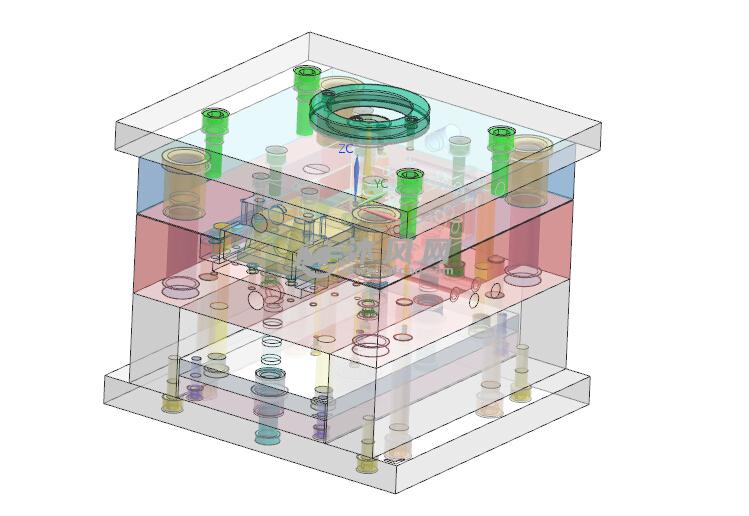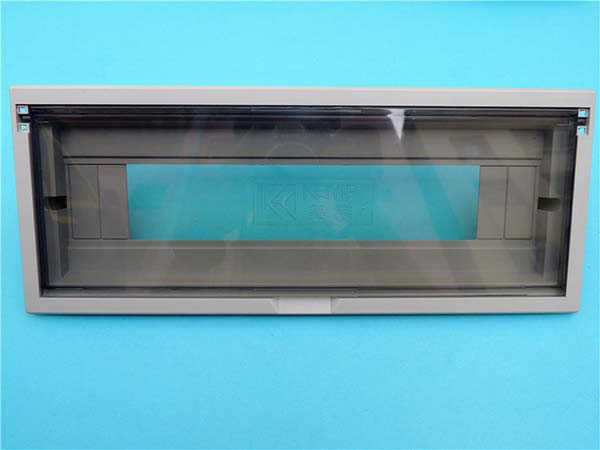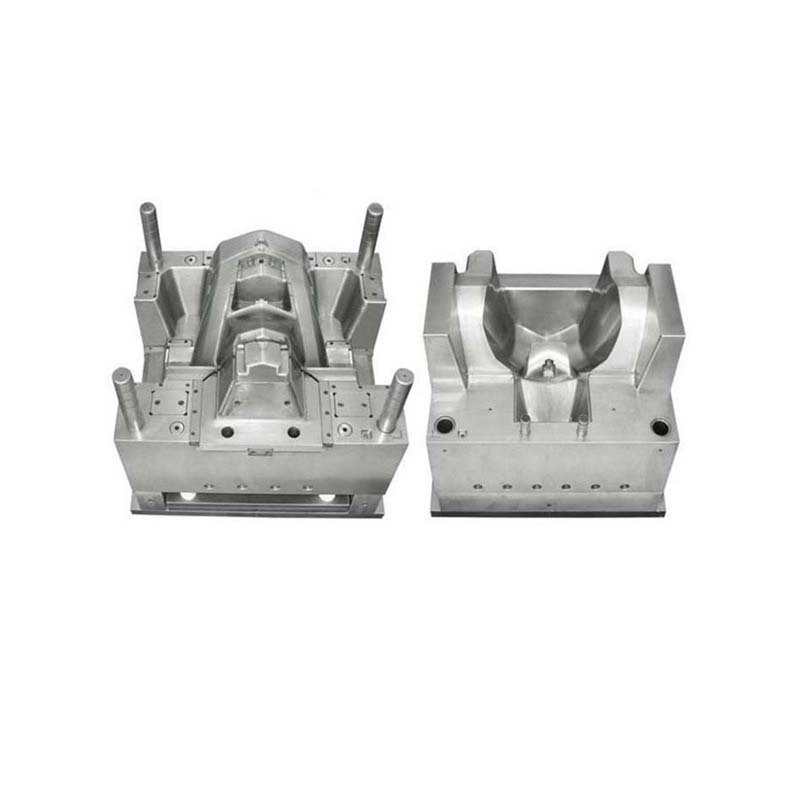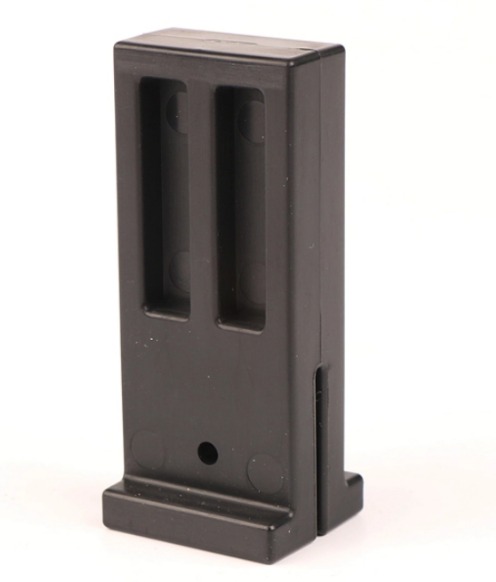Introduction
What is Injection Molding?
Injection molding is a widely used manufacturing process in which molten material, typically plastic, is injected under high pressure into a mold cavity. Once inside the mold, the material cools and solidifies, taking on the shape of the cavity. This process is highly versatile and is used to produce a vast range of products, from small, intricate parts like electronic components to large items such as automotive bumpers. Its importance in the manufacturing industry cannot be overstated, as it enables high - volume production with relatively low cost per unit, high precision, and the ability to create complex shapes.
The Significance of Cooling in Injection Molding
Cooling is a critical stage in the injection molding process, accounting for approximately 70 - 80% of the total cycle time. During this phase, the molten plastic in the mold cavity loses heat and solidifies into the desired shape.
Proper cooling is essential for several reasons. First, it ensures dimensional stability of the final product. When the cooling is uneven, different parts of the plastic part cool at different rates. This differential cooling can lead to internal stresses within the part, causing it to warp or distort. For example, in the production of plastic containers, uneven cooling may result in lids that do not fit properly due to shape deviations.
Secondly, cooling affects the surface quality of the product. Insufficient or improper cooling can cause surface defects such as sink marks, which are small depressions on the surface of the part. These marks are often visible and can reduce the aesthetic appeal and functionality of the product.
Moreover, the cooling rate impacts the production efficiency. If the cooling time is too long, the overall cycle time increases, reducing the number of parts that can be produced per unit of time. On the other hand, if the cooling is too rapid, it can lead to the formation of internal voids or residual stresses, compromising the mechanical properties of the product. In a nutshell, achieving the right cooling conditions is crucial for producing high - quality injection - molded parts efficiently.
Key Aspects of Cooling in Injection Molding
Cooling Time
Cooling time is defined as the period from when the molten plastic fills the mold cavity until it has solidified enough to be safely ejected from the mold. It is a crucial parameter in injection molding, as it directly impacts the production cycle time and the quality of the final product.
Several factors influence the cooling time:
- Plastic Material Type: Different plastic materials have distinct thermal properties. For example, materials with high melting points like PEEK (Polyetheretherketone) generally require longer cooling times compared to materials with lower melting points such as polyethylene (PE). PEEK might need 30 - 60 seconds of cooling time in a typical small - to - medium - sized part production, while some grades of PE could be cooled in 10 - 20 seconds under similar conditions.
- Product Thickness: Thicker - walled products take longer to cool. As a rule of thumb, if the thickness of a plastic part doubles, the cooling time approximately quadruples. For instance, a 2 - mm thick plastic part might have a cooling time of 15 seconds, while a 4 - mm thick part made of the same material could have a cooling time of around 60 seconds.
- Mold Design: A well - designed mold with efficient cooling channels can significantly reduce cooling time. Molds with cooling channels closer to the cavity surface can transfer heat more effectively, speeding up the cooling process.
Cooling Channels Design
The design of cooling channels is fundamental to achieving efficient cooling in injection molding. Here are some key principles:
- Channel Layout: The layout of cooling channels should follow the shape of the product. For a complex - shaped product like a smartphone case, the cooling channels should be arranged in a way that they closely follow the contours of the case. This ensures that all parts of the product cool evenly. In contrast, if the cooling channels are laid out in a haphazard manner, some areas of the product may cool much faster than others, leading to warping or internal stress.
- Channel Diameter: The diameter of the cooling channels affects the flow rate of the cooling medium (usually water or oil). Larger - diameter channels can allow for a higher flow rate, which in turn can enhance heat transfer. However, an overly large diameter can also weaken the structural integrity of the mold. Typically, cooling channel diameters range from 6 - 14 mm. For a small - scale injection molding of a plastic toy part, a 8 - mm diameter cooling channel might be sufficient to provide adequate cooling.
- Channel Spacing: The spacing between cooling channels is also crucial. If the channels are too close together, it can cause over - cooling in some areas and inefficient use of the cooling medium. If they are too far apart, there will be regions with insufficient cooling. A general guideline is that the spacing between channels should be 3 - 5 times the channel diameter.
Let's consider two cases. In Case A, the cooling channels are spaced 20 mm apart (with a 6 - mm diameter channel), and in Case B, the channels are spaced 30 mm apart (same 6 - mm diameter). In Case A, the product shows signs of over - cooling and warping in some areas, while in Case B, the product has some hot spots where the cooling is insufficient. This clearly demonstrates the importance of proper channel spacing.
Mold Temperature
Mold temperature plays a significant role in both the cooling process and the quality of the final product.
- Impact on Cooling and Product Quality: A higher mold temperature generally results in a slower cooling rate. While this can be beneficial in some cases, such as when dealing with materials that are prone to stress cracking, it also increases the overall cycle time. On the other hand, a lower mold temperature can lead to faster cooling, but it may cause issues like surface defects (such as sink marks) and internal stress in the product. For example, in the production of a high - gloss plastic surface, a relatively high mold temperature might be required to ensure a smooth and defect - free finish.
- Controlling Mold Temperature: To control the mold temperature, a cooling system is used. This typically involves circulating a cooling medium (such as water) through the cooling channels in the mold. The temperature of the cooling medium can be adjusted using a chiller or a temperature - control unit. Additionally, the flow rate of the cooling medium can also be optimized. For a large - scale production of automotive interior parts, a water - based cooling system with a temperature set at around 25 - 30°C might be used to maintain the mold temperature within the desired range. By carefully regulating the temperature and flow rate of the cooling medium, manufacturers can ensure consistent product quality and efficient production.
Yigu Technology's View
As a non - standard plastic metal products custom Supplier, Yigu Technology highly values the cooling process in injection molding. We understand that precise control over cooling time, well - designed cooling channels, and proper mold temperature management are the keys to producing high - quality custom products.
In our mold design process, we leverage advanced CAD/CAM technologies to optimize the layout of cooling channels. This ensures that the cooling medium can evenly distribute heat throughout the mold, reducing the risk of warping and surface defects in the final products. For example, when creating custom plastic components for electronic devices, we design cooling channels that closely follow the complex shapes of the parts. This allows for efficient heat dissipation and consistent cooling, resulting in products with excellent dimensional accuracy and surface finish.
Moreover, we have a team of experienced engineers who are proficient in selecting the appropriate cooling parameters based on the specific plastic materials and product requirements. By continuously monitoring and adjusting the cooling process, we can not only improve product quality but also enhance production efficiency, meeting the diverse needs of our customers.
FAQs
Q1: How can I reduce the cooling time in injection molding?
- Optimize Cooling Channel Design: Ensure that the cooling channels are well - designed. This includes making the channels follow the shape of the product closely, choosing an appropriate diameter (usually 6 - 14 mm) and proper spacing (3 - 5 times the channel diameter). For example, using conformal cooling channels can significantly enhance heat transfer efficiency.
- Select the Right Cooling Medium: Water is a commonly used cooling medium due to its high heat capacity. However, in some cases, where higher temperatures are involved, heat - transfer oils might be a better choice. The flow rate of the cooling medium should also be optimized.
- Improve Cooling System Efficiency: Use a temperature - control unit to maintain the cooling medium at an appropriate temperature. Regularly clean the cooling channels to prevent the build - up of deposits that could reduce heat transfer efficiency. Additionally, pre - heating the mold to an optimal initial temperature can also help in reducing the overall cooling time.
Q2: What are the common problems caused by improper cooling in injection molding?
- Product Deformation: Uneven cooling leads to differential shrinkage within the product. This can cause the product to warp or bend out of shape. For instance, in the production of plastic trays, improper cooling may result in trays that are not flat.
- Dimensional Inaccuracy: Incorrect cooling can cause the product to deviate from its intended dimensions. The part may be either larger or smaller than the design specifications, which can be a critical issue, especially in precision - engineered components.
- Surface Defects: Problems like sink marks, which are small depressions on the surface, and flow marks, which are visible lines on the surface indicating the flow pattern of the molten plastic, can occur due to improper cooling. These defects can affect the aesthetic and functional quality of the product.
Q3: How does the choice of plastic material affect the cooling process in injection molding?
- Thermal Properties: Different plastic materials have distinct thermal properties. Materials with high melting points, such as PEEK, require longer cooling times compared to those with lower melting points like PE. High - melt - viscosity plastics may also cool more slowly as they have a harder time releasing heat.
- Coefficient of Thermal Expansion: Plastics with a high coefficient of thermal expansion will expand and contract more during the heating and cooling cycle. This can impact the cooling process, as more significant dimensional changes need to be accounted for. For example, ABS has a relatively high coefficient of thermal expansion, which may require careful cooling control to avoid warping.
